A Grade II-listed former rectory, once owned by Britain’s leading postwar racing car designer
The Old Rectory at Widdington in Essex, the previous home of Brian Lister, has long been one of the most important houses in its village.
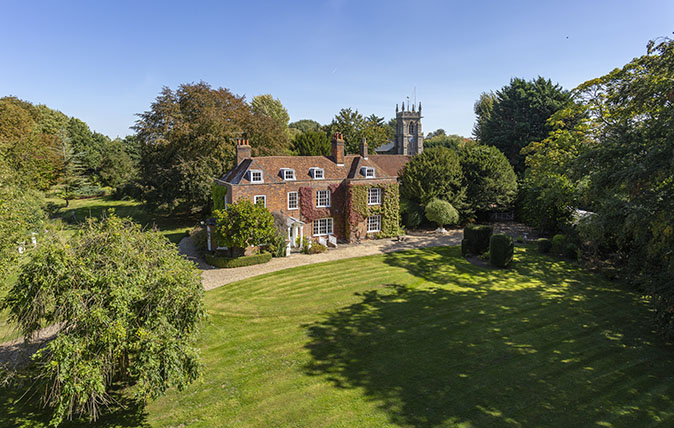

For more than 40 years, The Old Rectory at Widdington in Essex, five miles from Saffron Walden and eight miles from Bishop’s Stortford, was the family home of the late Brian Lister, arguably Britain’s leading postwar designer and builder of sports racing cars, under the banner of the Lister engineering firm founded by his grandfather in 1890.
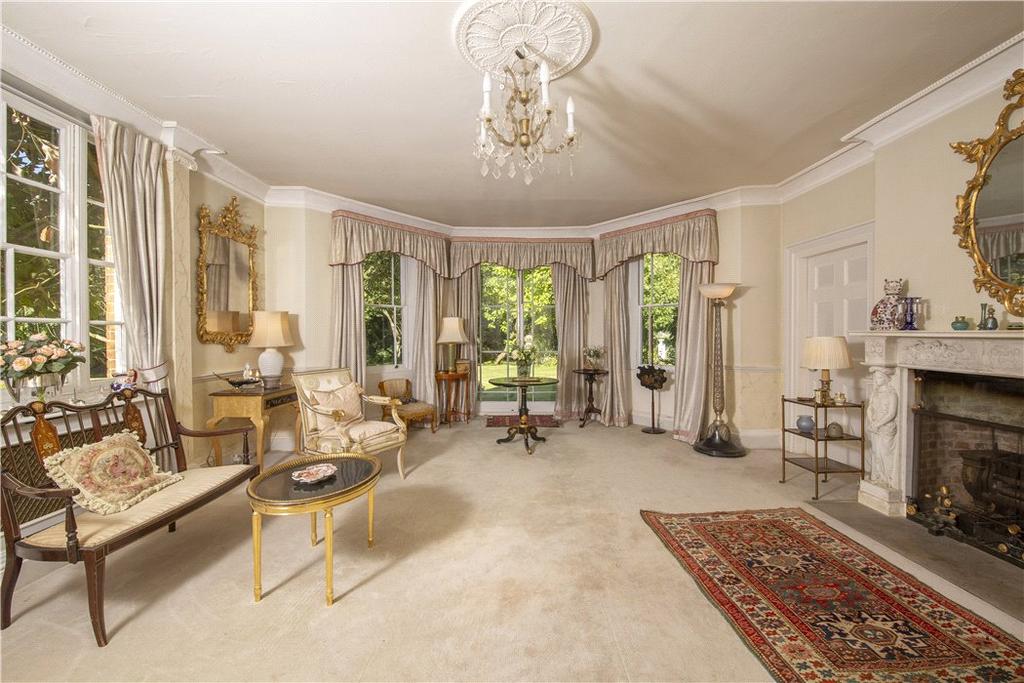
Now, following the death of his widow, Josephine, the lovely Grade II-listed former rectory – which stands in more than six acres of delightful gardens and grounds alongside the church in this popular commuter village – has been placed on the market through Knight Frank in Bishop’s Stortford at a guide price of £3.25 million.
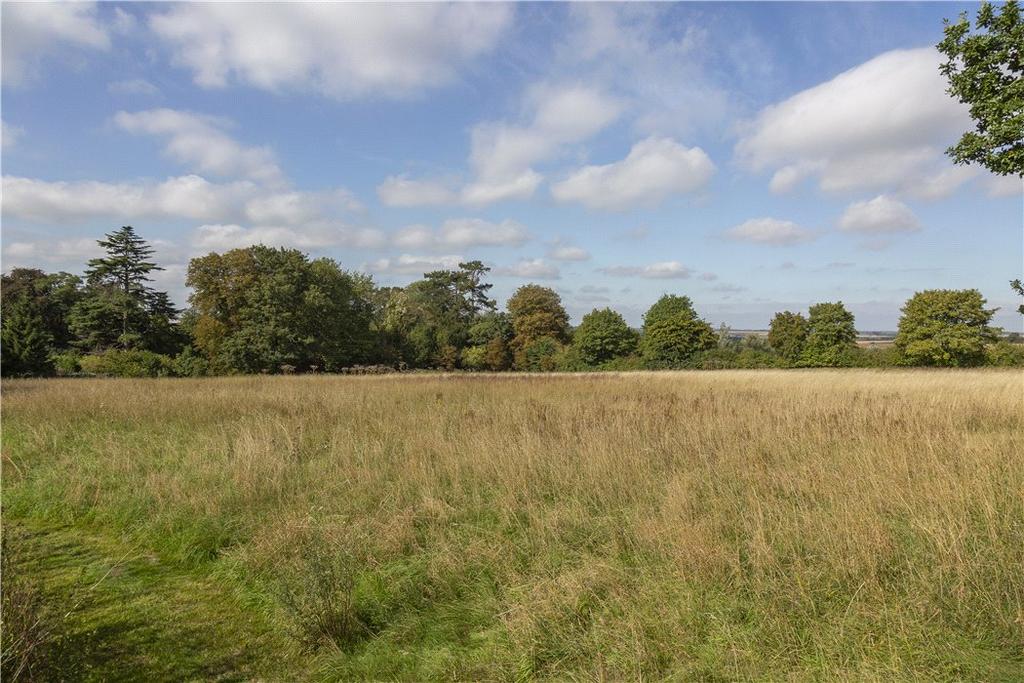
On leaving Cambridge’s Perse School in 1942, Lister completed a four-year apprenticeship with the family firm, before joining the RAF as a National Serviceman, where he continued to hone his skills, both as an engineer and a jazz musician, before rejoining the family business. At the time, motorsports were enjoying a renaissance and Lister was soon bitten by the racing bug.
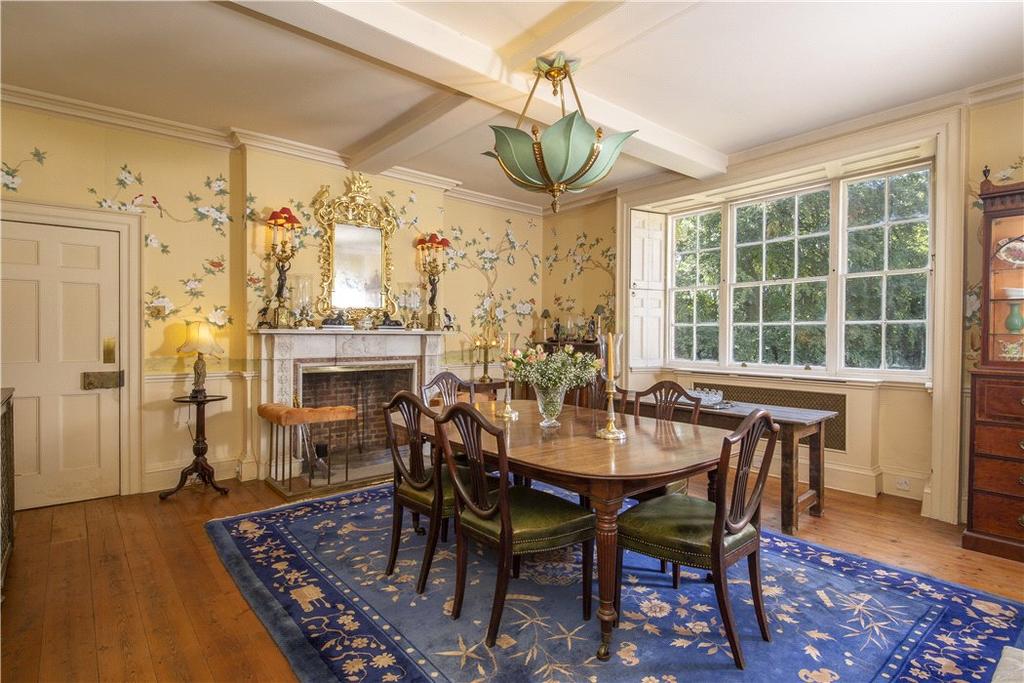
He helped to found the Cambridge 50 Car Club, where he forged a close friendship with the diminutive daredevil ‘Archie’ Scott Brown and, backed by his father, developed the first Lister car, which was driven by Scott Brown to a winning debut at Snetterton in 1954.
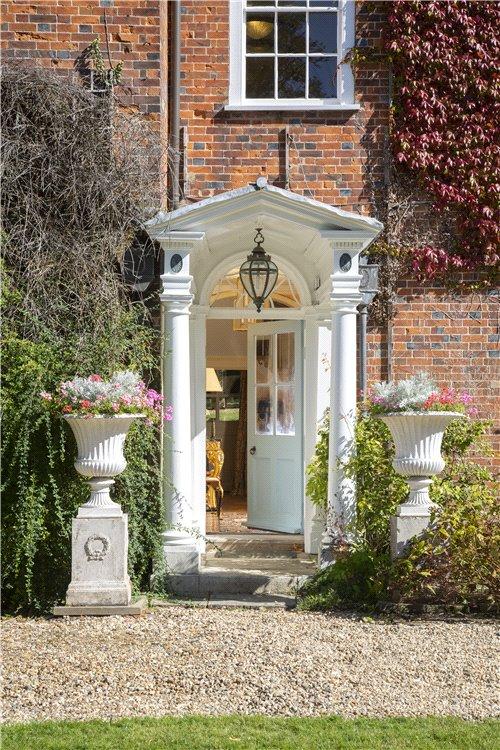
In 1957, the Lister Jaguar swept all before it and the car went into production for the following year, however, the venture stalled when, in May 1958, Scott Brown died after crashing at Spa, Belgium.
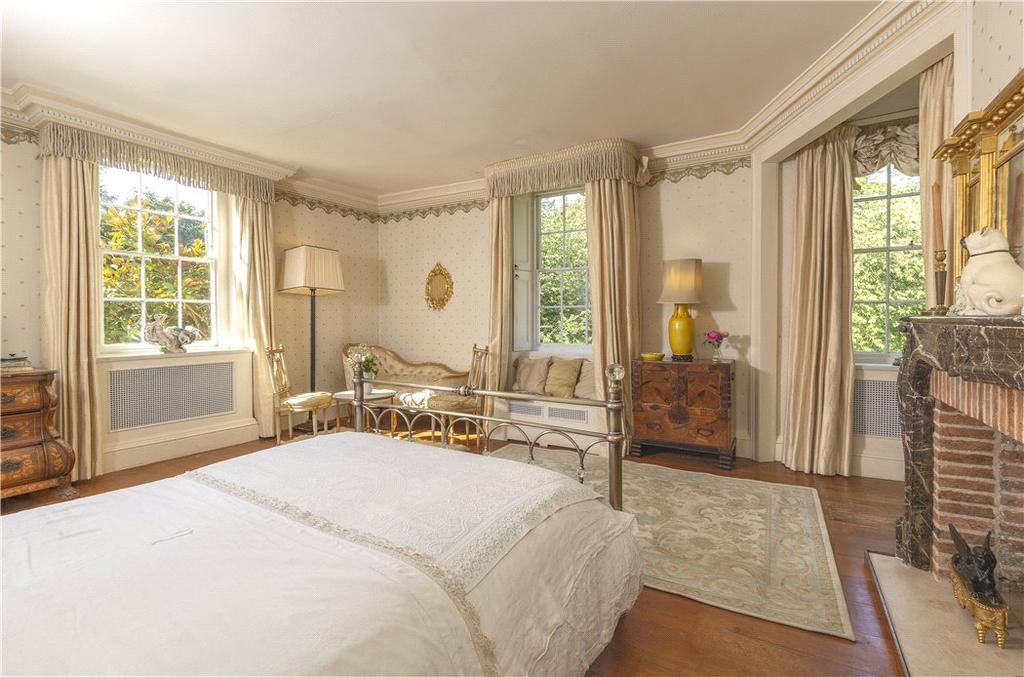
After that, the sport lost its appeal for Lister. He finally withdrew from racing in 1964, while remaining actively involved in the company, which diversified successfully into other fields of engineering. He died in December 2014, at the age of 88.
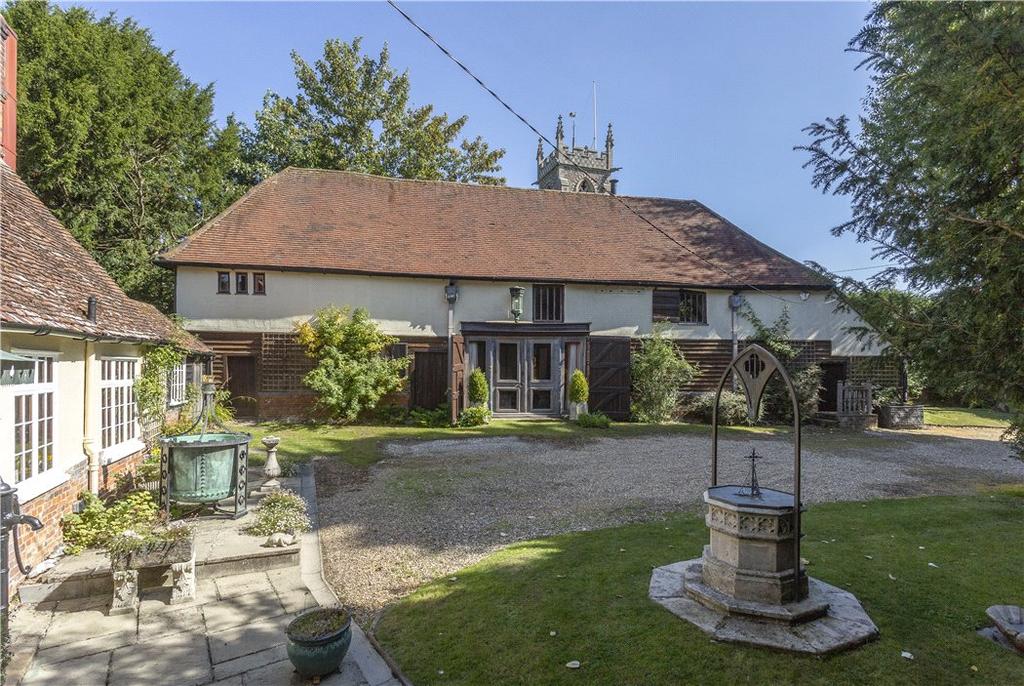
Sometimes described as ‘the biggest cul-de-sac in Essex’, because the road leading to it goes nowhere else, the ancient village of Widdington sits in a quiet, but accessible corner in the rural north-eastern part of the county, close to the source of the River Cam.
Sign up for the Country Life Newsletter
Exquisite houses, the beauty of Nature, and how to get the most from your life, straight to your inbox.
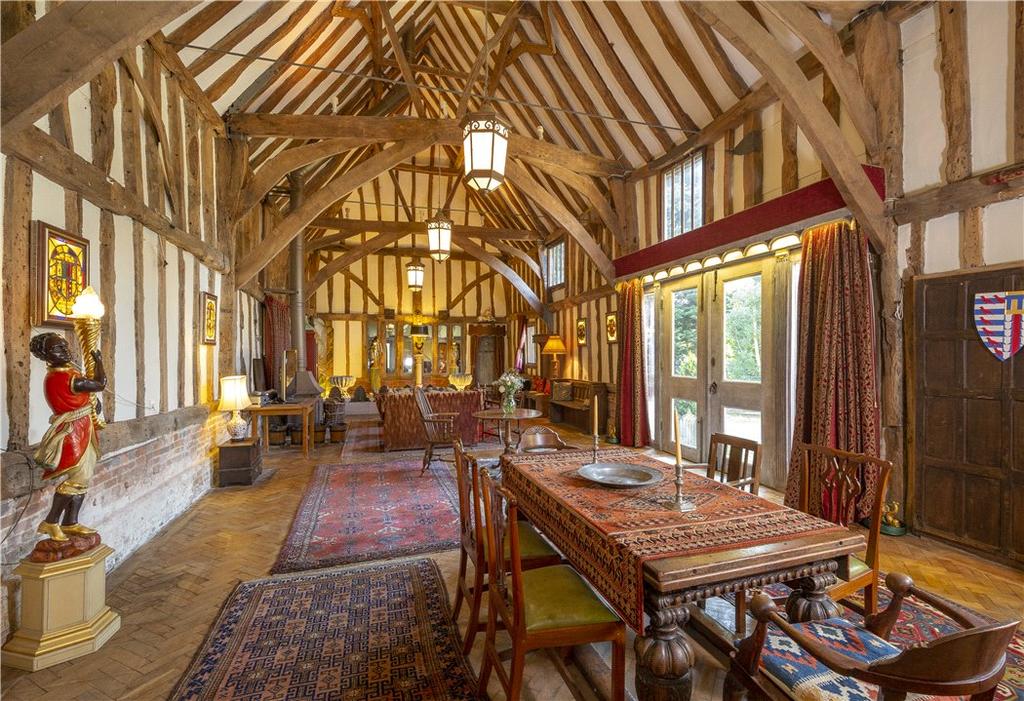
The Old Rectory, described in White’s Directory of Essex 1848 as ‘the commodious brick residence of the Rev C. A. Campbell M. A. [with] about 40 acres of glebe’, has long been one of the most important houses in the village.
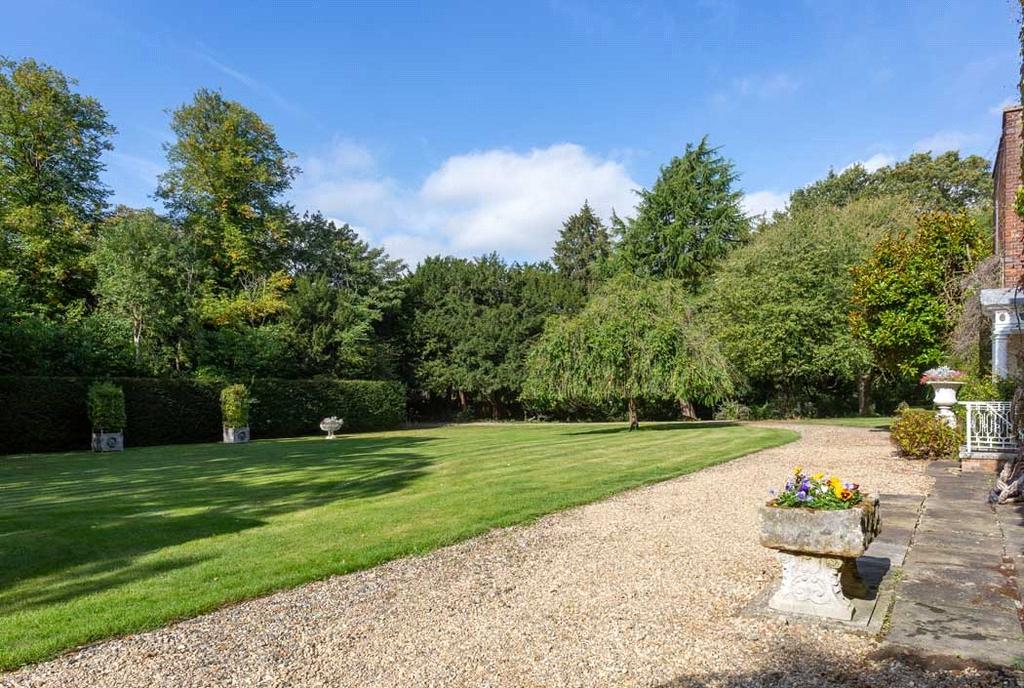
Built in the late 16th or early 17th century, it was originally timber-framed and covered with plaster, before being extended and altered in the 18th century, when the front façade was faced in red brick. The house offers just under 6,000sq ft of family-friendly living space on two main floors, with attics reached via a 17th-century staircase and well-planned cellars with ample space for the storage of fine wines.
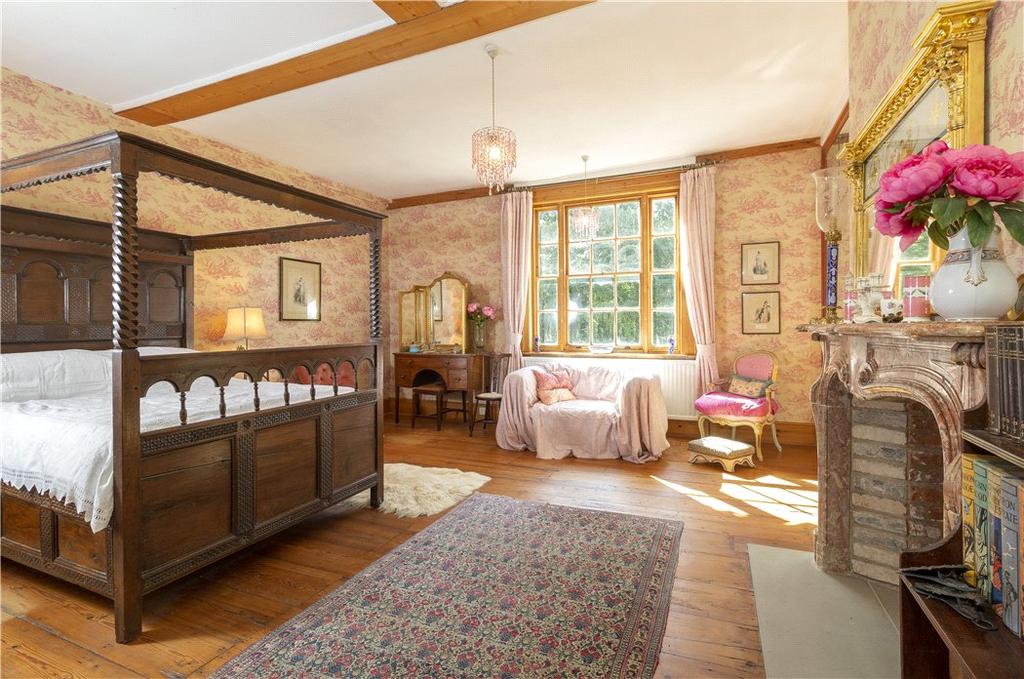
Accommodation includes four main reception rooms, a kitchen/breakfast room, six bedrooms and four bath/shower rooms.
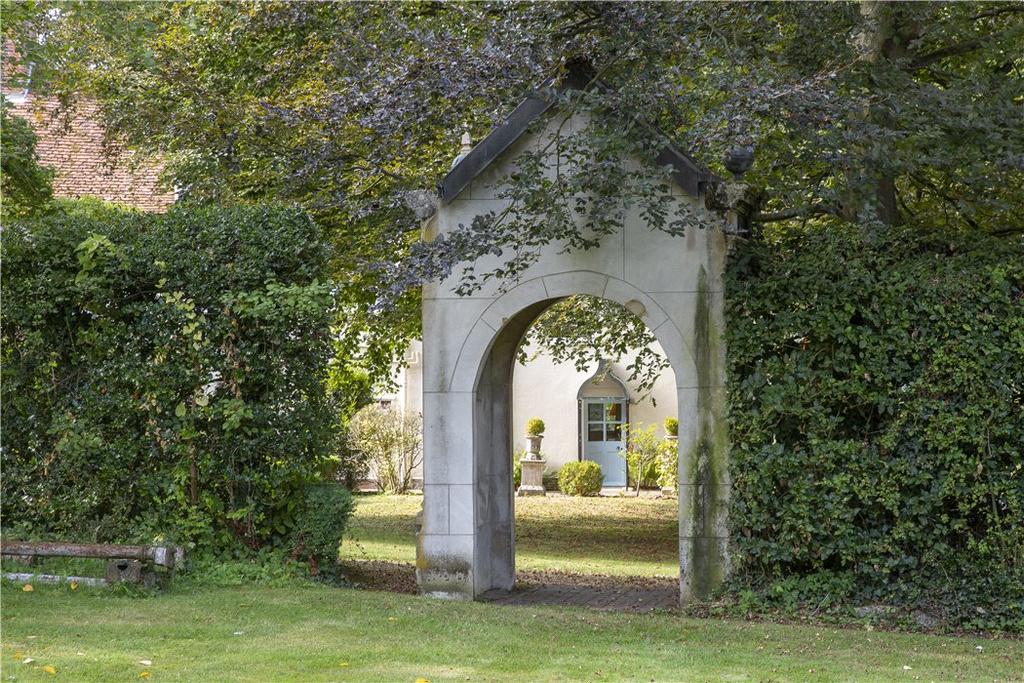
Although all is now silent there, the magnificent Grade II-listed barn in the grounds, with its stage, minstrels’ gallery and huge entertaining space, evokes images of many a rollicking jazz evening led by its enthusiastic former owner on the drums.
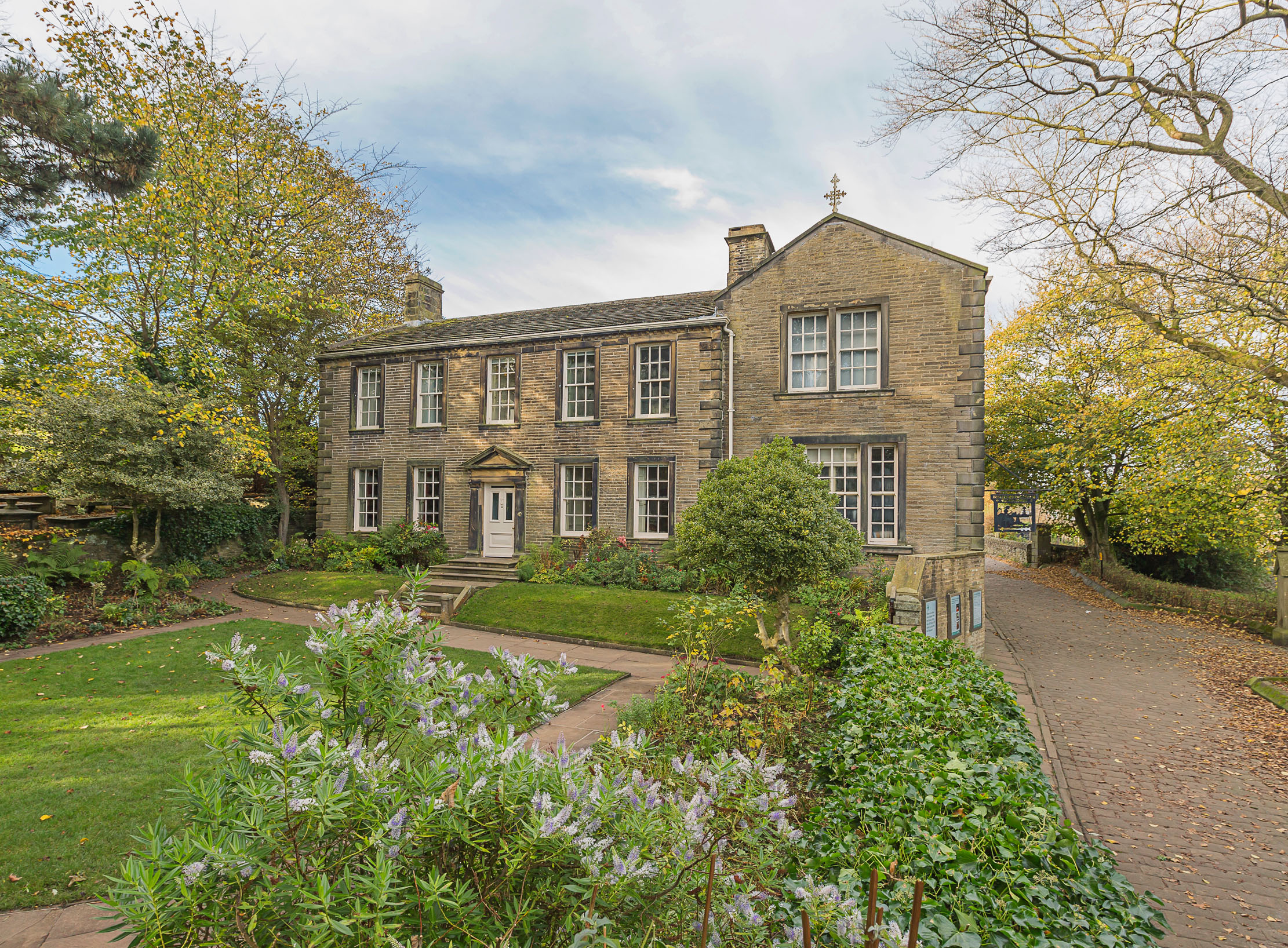
Inside Haworth: The humble parsonage where the Brontë sisters changed literature
Some of our most enduring stories were conceived at Haworth – Jeremy Musson enjoys a literary pilgrimage.
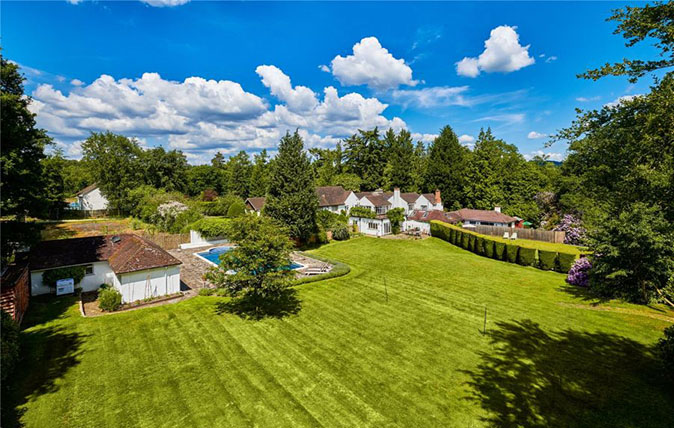
Credit: Strutt & Parker
The country retreat where JM Barrie dreamed up Peter Pan to entertain three young houseguests
Set on 1.5 acres of land on the edge of Bourne Wood, Lobswood House has been sympathetically renovated to retain
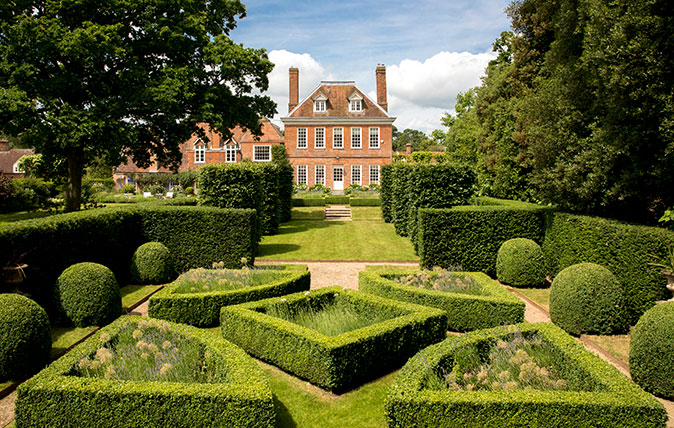
Credit: Knight Frank
A glorious Berkshire house with gardens by Arne Maynard, within easy reach of London and Oxford
Chieveley House is a beautifully-restored country house in an unspoiled Berkshire village within easy reach of London and Oxford.
-
 ‘It had the air of an ex-rental, and that’s putting it politely’: How an antique dealer transformed a run-down Georgian house in Chatham Dockyards
‘It had the air of an ex-rental, and that’s putting it politely’: How an antique dealer transformed a run-down Georgian house in Chatham DockyardsAn antique dealer with an eye for colour has rescued an 18th-century house from years of neglect with the help of the team at Mylands.
By Arabella Youens Published
-
 A home cinema, tasteful interiors and 65 acres of private parkland hidden in an unassuming lodge in Kent
A home cinema, tasteful interiors and 65 acres of private parkland hidden in an unassuming lodge in KentNorth Lodge near Tonbridge may seem relatively simple, but there is a lot more than what meets the eye.
By James Fisher Published
-
 A home cinema, tasteful interiors and 65 acres of private parkland hidden in an unassuming lodge in Kent
A home cinema, tasteful interiors and 65 acres of private parkland hidden in an unassuming lodge in KentNorth Lodge near Tonbridge may seem relatively simple, but there is a lot more than what meets the eye.
By James Fisher Published
-
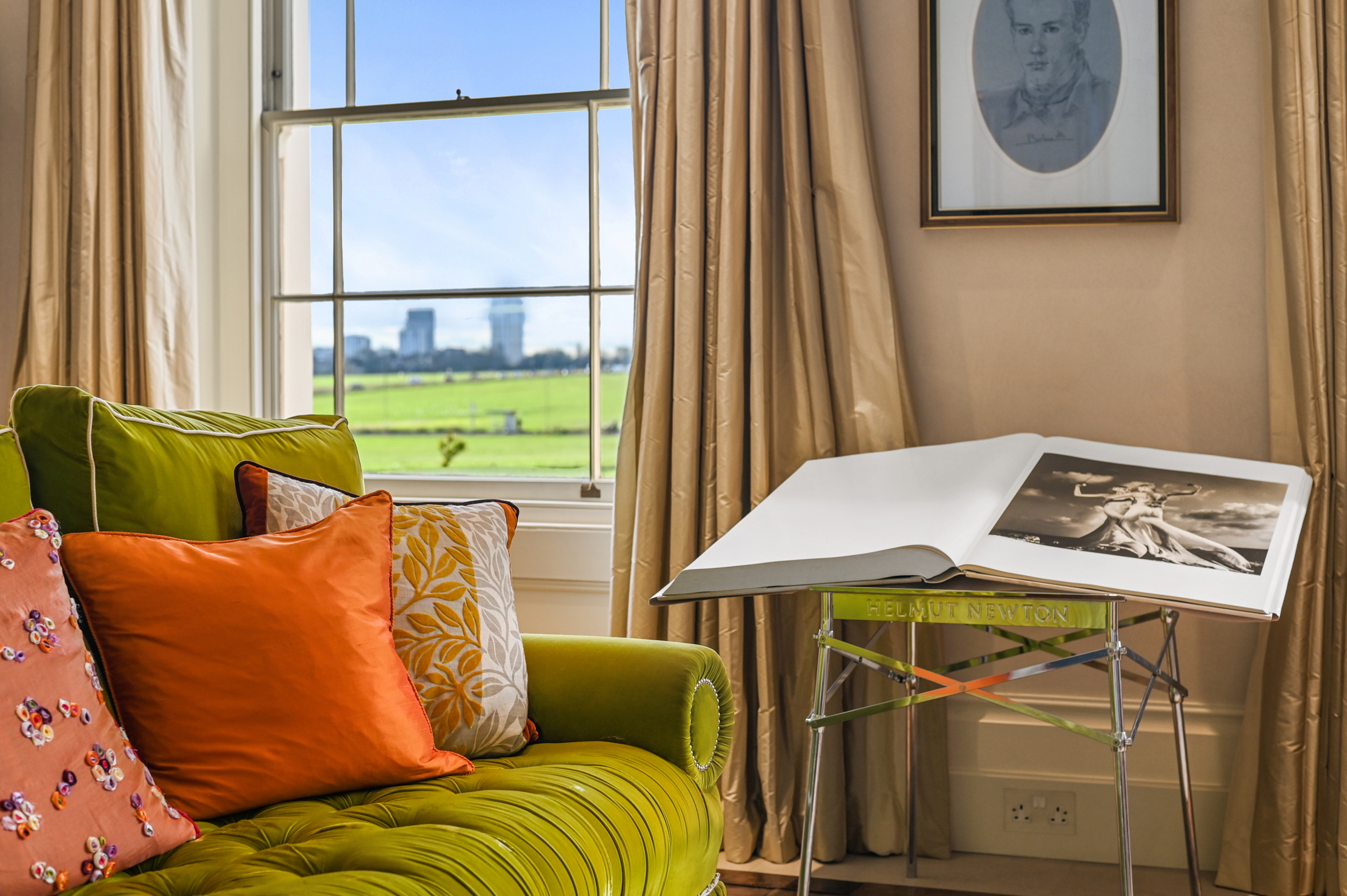 A rare opportunity to own a family home on Vanbrugh Terrace, one of London's finest streets
A rare opportunity to own a family home on Vanbrugh Terrace, one of London's finest streetsThis six-bedroom Victorian home sits right on the start line of the London Marathon, with easy access to Blackheath and Greenwich Park.
By James Fisher Published
-
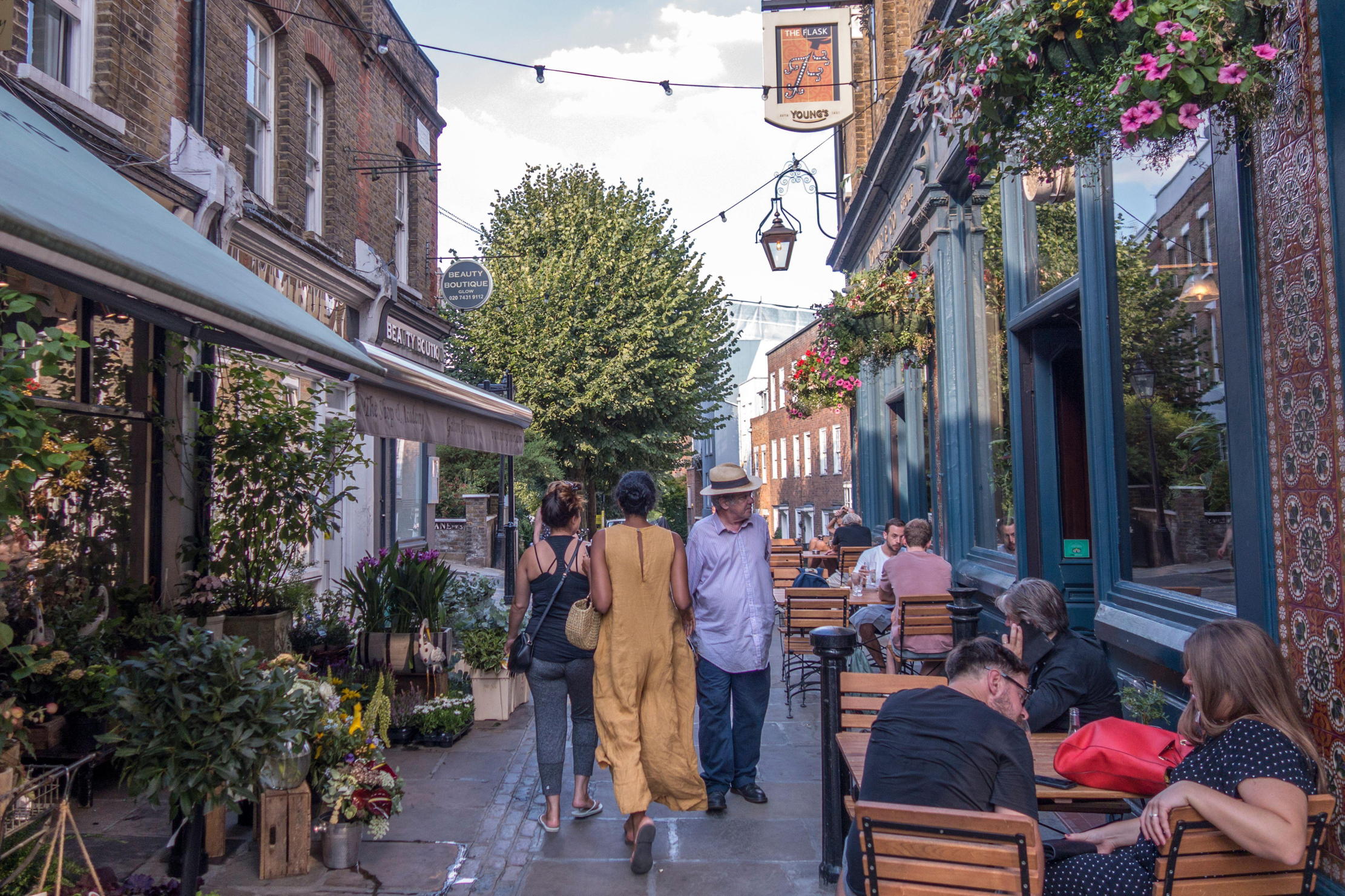 A tale of everyday life as lived on Britain's most expensive street
A tale of everyday life as lived on Britain's most expensive streetWinnington Road in Hampstead has an average house price of £11.9 million. But what's it really like? Lotte Brundle went to find out.
By Lotte Brundle Last updated
-
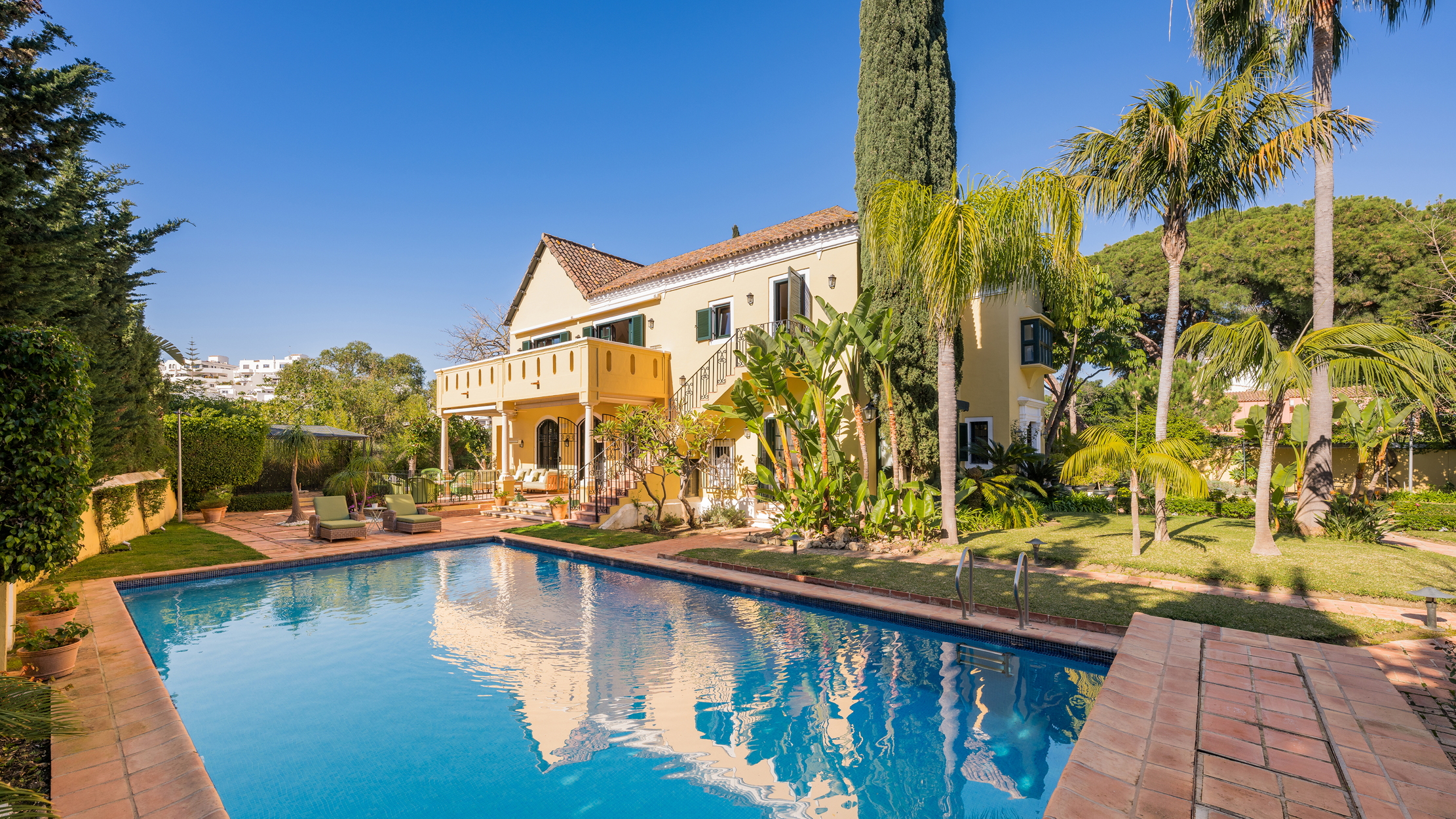 Damon Hill's former home in Marbella is the perfect place to slow down
Damon Hill's former home in Marbella is the perfect place to slow downThe glorious Andalusian-style villa is found within the Lomas de Marbella Club and just a short walk from the beach.
By James Fisher Published
-
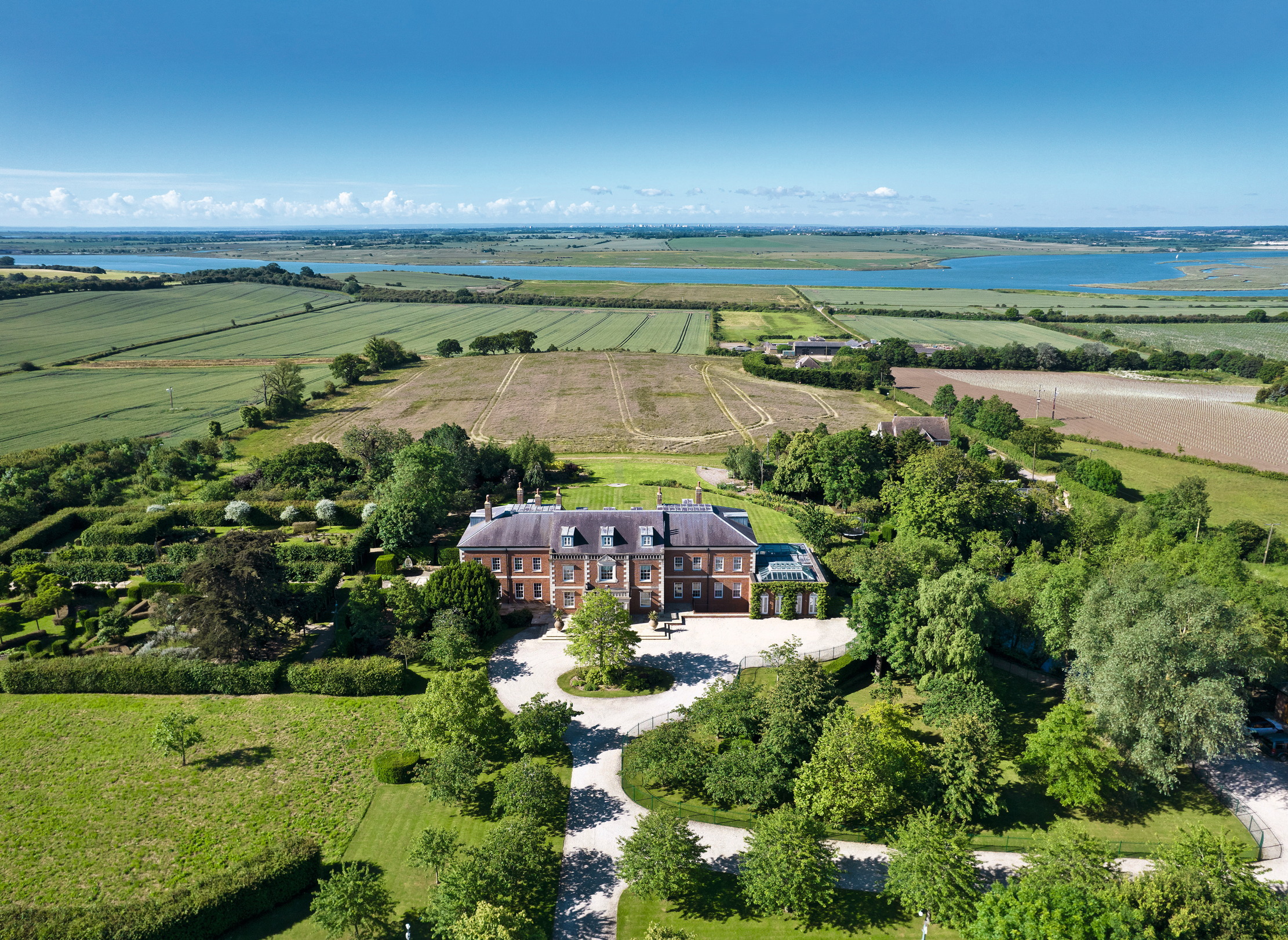 A 327-acre estate in the heart of 'England’s Côte d’Or', with a 26,000sq ft Georgian style home at its heart
A 327-acre estate in the heart of 'England’s Côte d’Or', with a 26,000sq ft Georgian style home at its heartStokes Hall in the Crouch Valley is an inspiring property looking for a new owner.
By Penny Churchill Published
-
 Schreiber House, 'the most significant London townhouse of the second half of the 20th century', is up for sale
Schreiber House, 'the most significant London townhouse of the second half of the 20th century', is up for saleThe five-bedroom Modernist masterpiece sits on the edge of Hampstead Heath.
By Lotte Brundle Published
-
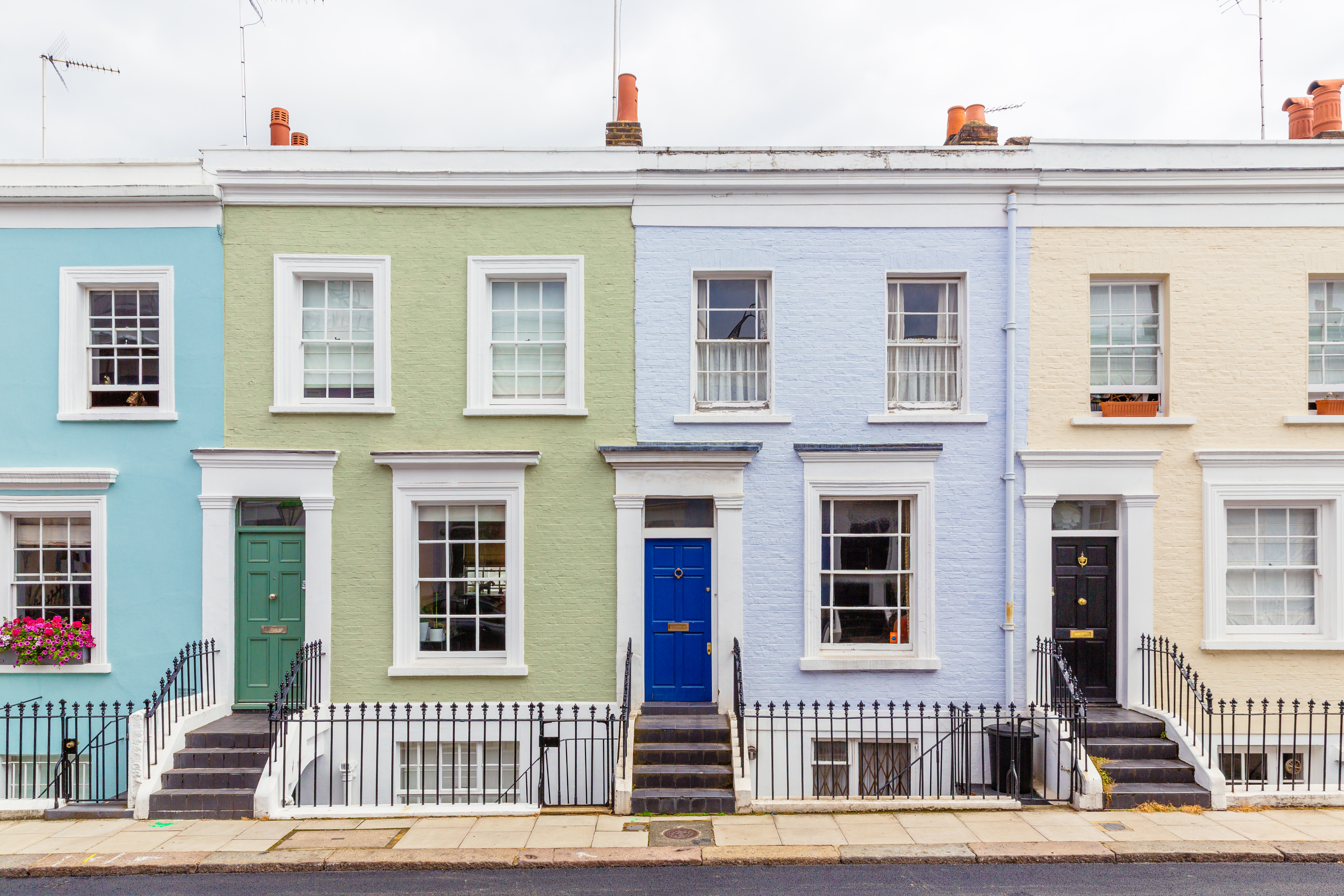 Is the 'race for space' officially over?
Is the 'race for space' officially over?During the lockdowns, many thought the countryside was the place to be. It seems many are now changing their minds.
By Annabel Dixon Last updated
-
 What's a 'wellness village' and will it tempt you back into the office?
What's a 'wellness village' and will it tempt you back into the office?The team behind London's first mixed-use ‘wellness village’ says it has the magic formula for tempting workers back into offices.
By Annunciata Elwes Published
